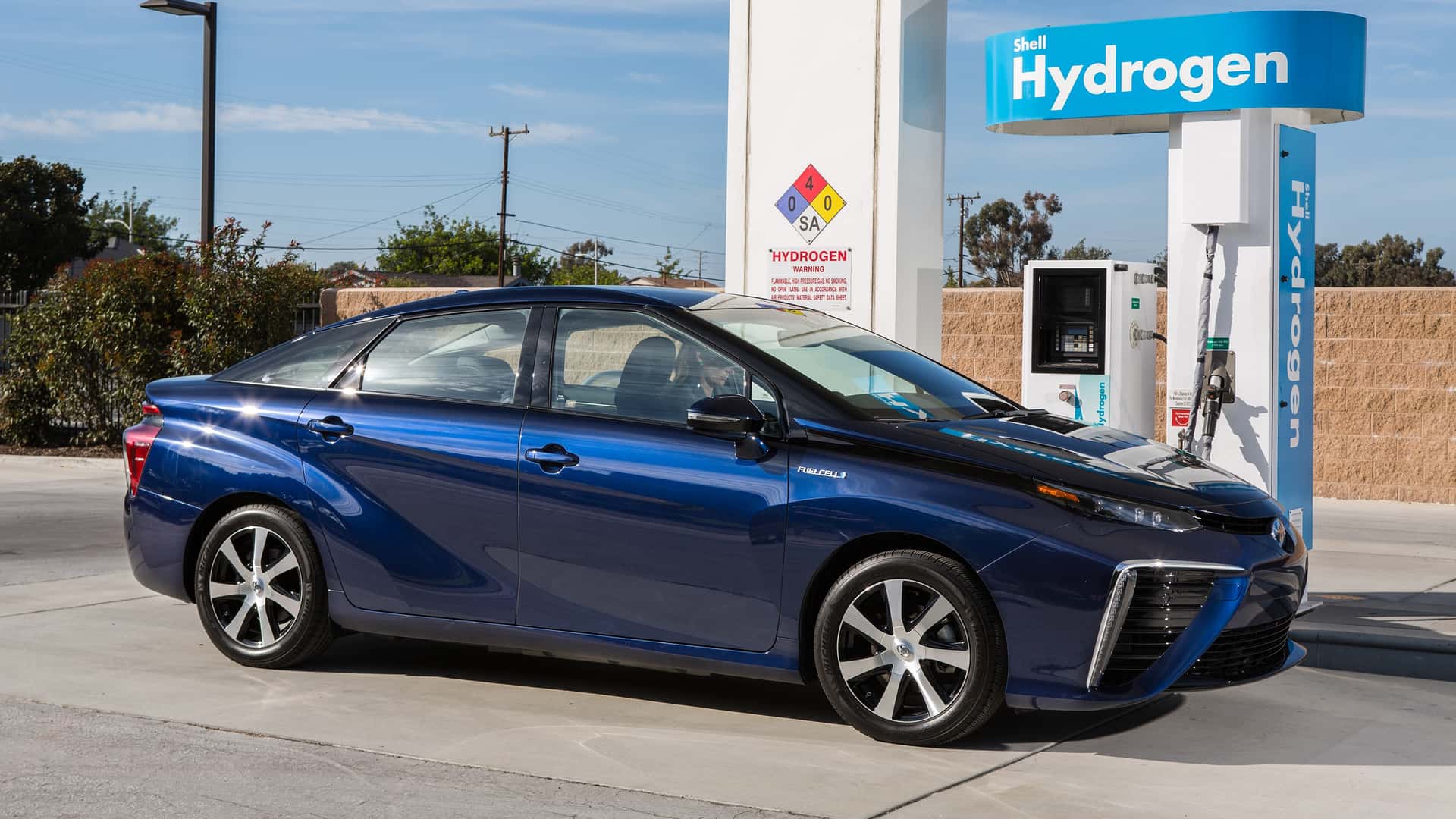- cross-posted to:
- [email protected]
- [email protected]
- cross-posted to:
- [email protected]
- [email protected]
Shell Is Immediately Closing All Of Its California Hydrogen Stations | The oil giant is one of the big players in hydrogen globally, but even it can’t make its operations work here.::The oil giant is one of the big players in hydrogen globally, but even it can’t make its operations work here. All seven of its California stations will close immediately.



Transporting energy isn’t possible with grid power? Really? That’s what grids are for.
Yes, they have the issue of separate incompatible grids, but building complicated interconnects is still going to be easier than building and operating a hydrogen trucking industry.
Why would you have to build anything? We already truck gas everywhere. It’s a simple conversion.
Trucks and trailers aren’t new, it’s the filling and emptying facilities combined with the sheer number of trucks.
Trucks can’t hold very much hydrogen gas - you need a lot of trucks to transport a useful amount of hydrogen. One truck only carries enough hydrogen to fill 75 cars, so you’re looking at needing fourteen times as many hydrogen trucks as we have fuel trucks. If filling stations were actually busy, you’d be looking at multiple deliveries per day.
All that infrastructure, trucks and drivers costs a lot of money.
You don’t transport it or store it in gas form.
Since you got the above fact wrong, this MUST be wrong. I’d like to see where you got this figure from if you’d care to share.
It’s from the 380kg listed here and the Mirai’s 5kg hydrogen capacity.
Sure, there’s also the ‘super-insulated, cryogenic tanker trucks’ with super cooled liquid hydrogen, but you were claiming nothing special needed to be built?
https://www.energy.gov/eere/fuelcells/hydrogen-delivery (choosing this source SPECIFICALLY because it’s a government entity to prove a point, not because it’s the most instructive source)
Yes. I meant what I said. We already do it. Just because you recognize one option of transfer, and have a link that outlines basic details of it, doesn’t mean that what I’m talking about doesn’t exist…
Considering that gasoline tankers are Liquid trucks, I’m not sure why you’d jump straight to a conversion to gas and then make the an argument that I’m talking about gaseous tube trailers.
Spoken like someone who’s never seen a land remediation project at a former gas station site.
It’s only simple on paper.
Considering that they need to go under land remediation anyway… I fail to see how it’s a problem to do it just a little earlier and keep the land/infrastructure in use.
Ok but now you’re moving the goalposts. Before you just said it was a simple conversion. It’s just not, full stop.
And now suddenly it’s moot because they have to do it anyway, cost and difficulty notwithstanding.
I remain, regrettably, firmly unconvinced that the average service station franchisee is going to be incentivized to undertake this.
I didn’t move any goalpost. Any gas station that being decommission in favor of electric vehicles… or being decommissioned in general will have to undergo that process. This will happen REGARDLESS of the hydrogen station being put in place.
Maybe easier, but not cheaper. Transporting hydrogen around is already being done as well - you don’t have to develop the wheel again.